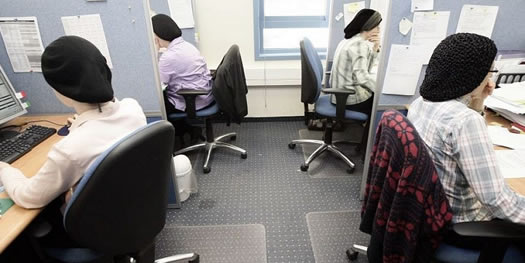The rigidity of the dress codes has changed over time, but it is still important to maintain a good appearance.
HR must always respect the constitutional rights of employees.
T-shirts, jeans and bizarre hairstyles, tattoos and piercings have come to the workplace. Today, HR must ask themselves if the dress codes have ceased to be important in work environments, or if only they have adapted to the flexibility of the new times.
5 reflections for dress code measures, considering that each workplace and business is different:

1. Is freedom for everyone?
The first thing that has an impact on others when they get to know our business is the aspect of our collaborators: many people classify us based on the image we project. HR must be sensitive with those company areas that are more exposed to customers. These areas could have explicit clothing restrictions.

2. Discrimination
The mandatory use of high heels is one of the most common discriminatory practices. Although companies can establish certain policies or image control codes for their workers, they will not be valid or adequate unless there are certain limits. Especially if they right to a free self-image is not respected. There must be no discrimination based on gender, ideology or religion.

3. The clothes we wear are a powerful form of communication.
It transmits attributes such as authority, trust, credibility, professionalism, ambition or creativity. To a large extent, we are judged by the way we present ourselves.
To be dressed very much in line with the latest trends can be indicative that we are dealing with a proactive person and who might not be afraid of challenges or changes.

4. In certain sectors or professions, the habit does make the monk.
Or at least, its absence can be somewhat disorienting. A certain clothing, according to certain archetypes, usually helps to generate confidence based on an exterior image (for example: the doctors’ gown).
HR should encourage personnel to dress according to what they are, to be coherent with the company’s identity and with what we want to show to the public.

5. You can sensitize without being restrictive.
Nowadays, it is also a skill of the professional to have enough versatility to adapt his/her clothing to the specific field of activity or context in which his/her services are to be provided.
Clothing can be seen as a personal and professional positioning strategy.












